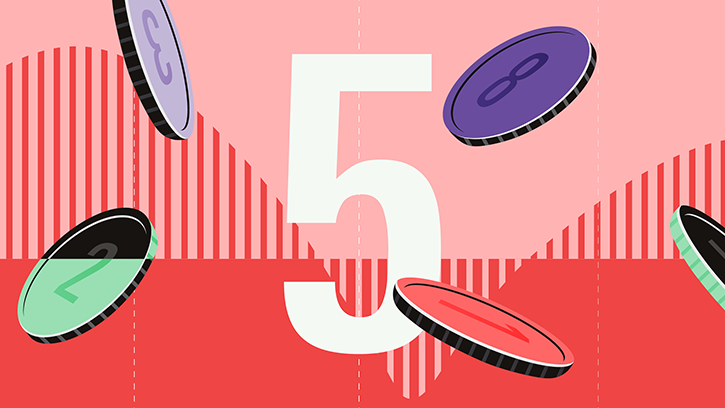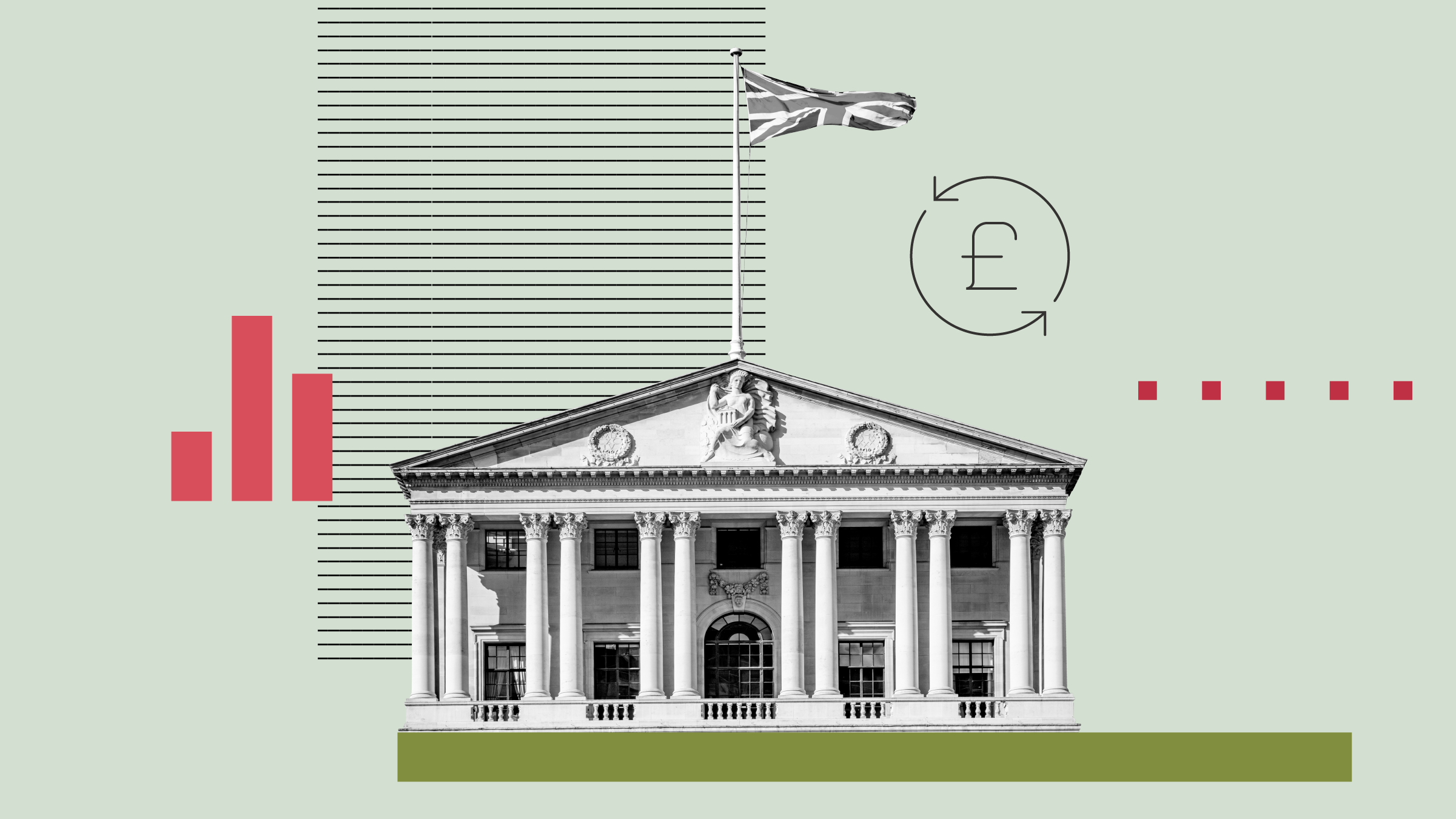This article is part of Morningstar's "Perspectives" series, written by third-party contributors. Here, Kenichi Amaki of Matthews Asia takes a look at the shifting landscape in Japan and the new outlook.
Japan has two new sheriffs in town: Shinzo Abe and Haruhiko Kuroda, and they have helped nudge the country back onto the investment horizon. For many investors, the country had seemingly fallen off the radar for much of the past seven years. In fact, Japan had been one of the world’s least popular investment destinations as recently as late 2012, according to a recent Merrill Lynch Global Fund Manager Survey.
This has all changed in recent months with Japan’s equity market staging a remarkable rally since late 2012 and the yen weakening significantly from its highs. Japanese consumer sentiment is at nearly a six-year high and even the luxury segment has shown a notable boost—Ferrari sales are up 46% over the past year. Still, we encounter many investors who are wondering: What happened? What’s different this time? And most importantly, will it work?
What Happened?
Since coming to power late last year, Prime Minister Shinzo Abe wasted no time in implementing his economic policies, which the media dubbed “Abenomics.” He and his Liberal Democratic Party (LDP) started by swiftly passing a US$142 billion stimulus package to jump-start the economy through job creation and a focus on upgrading Japan’s aging infrastructure.
Abe also seized the rare opportunity to nominate Haruhiko Kuroda to head the Bank of Japan (BOJ). Governors are appointed once every five years and cannot be impeached during their term. Both Abe and Kuroda had harshly criticized the BOJ and the reluctance of its previous governor to expand Japan’s monetary easing as its developed market counterparts had. At his first monetary policy meeting in early April, Kuroda came out swinging. He opened the flood gates to an unprecedented massive monetary stimulus.
By the end of 2014, the BOJ says it expects to double its monetary base (a measure of how much liquidity the central bank supplies to the markets). In order to achieve this, it plans to extend the maturity of the Japanese Government Bonds (JGBs) it buys from three years to 40 years. It also plans to add riskier assets such as equities and real estate investment trusts. To put this in context, the BOJ’s monthly JGB purchases will equal some US$70 billion, compared to US$85 billion by the U.S. Federal Reserve. This is despite the fact that the U.S. economy is nearly three times larger than that of Japan. The total of US$70 billion amounts to 70% of monthly issuance of JGBs, so the central bank is aiming to squeeze traditional bond investors out of the market and attempting to change how they allocate capital.
What’s Different This Time?
Japan’s monetary easing this time is happening when actual desire to borrow money is emerging—something we have not seen for about a decade. In the chart below, “total leverage” represents total corporate and government spending and investment as a percentage of GDP. A negative figure indicates that there is an overall demand to borrow and a positive figure means that the desire to save or hold deposits is stronger. You can see that from approximately 2000 to 2010, there was very little if any desire to borrow. In fact, expansionary fiscal policies since the mid-1990s have not been effective because Japanese corporations massively de-levered from 1990 to 2003. Since then, the driver of Japan’s investment cycles has been the fluctuation in the corporate savings rate. From early 2011, Japanese companies began to invest more while the government maintained spending. This has been driving a cyclical upturn in Japanese economic activity, which monetary easing could further accelerate. Of course, in an ideal world, corporations would be the ones to be spending more than the government but the point here is that there is once again a desire to borrow and invest in Japan.

Another difference this time is the health of Japan’s banking sector. In the mid-1990s, Japanese banks were in a dire state, saddled with nonperforming loans and a weak capital position. Many banks received an injection of public funds in the late 1990s and early 2000s. So even when the BOJ eased monetary policy in the early 2000s, the banks were too unhealthy to expand lending. Since then, the banking industry has consolidated and balance sheets have been cleaned up. With the support of the BOJ policies, Japanese banks are ready to lend again.
In order for monetary policy to work, communication with financial markets and the general public is just as important as the policies. If you consider just the policy actions themselves, the BOJ has implemented similar measures before (though in much smaller doses). Kuroda’s actions, this time, are on a different scale. But perhaps more importantly is the conviction with which he has delivered his message. Previously, the BOJ did not appear to believe in the efficacy of its own monetary stimulus. In fact it almost appeared to be forced into acting with its previous governor’s statements highlighting the impotency of monetary policy and its ineffectiveness against deflation. It would be like your doctor prescribing medicine to you with a big caveat that it likely won’t work. Kuroda’s position thus far, has been the polar opposite of this stance.
Perhaps, the most surprising difference we see today is Japan’s current political leadership. Over the past six years, the country has gone through six prime ministers, including Abe himself who resigned in 2007 after just a year. However, Abe and the LDP now are showing a sense of urgency never seen before. The LDP was once fraught with internal discord between various caucuses. But, so far, such conflicts have not resurfaced. In fact, thanks to a strong stock market and weaker yen, Abe’s public approval ratings have risen since taking office—a rare accomplishment for a Japanese prime minister. He will need this political support as he shifts gear to introduce growth-inducing strategies, including structural reforms, which may face stiff opposition from vested interest groups.
The End Goal
The ultimate goal of the government now is to rid Japan of its persistent deflation. It aims to inflate asset prices such as real estate and equities, and create a wealth effect that could trigger higher consumption. Monetary easing also has the side effect of weakening the yen, which would raise the cost of imports and directly affect prices. This should give exporters a boost, while longer term, it could restore the competitiveness of domestic manufacturing relative to imports. Though some have raised concerns of competitive devaluation, a more vibrant Japanese economy with growing domestic demand can make a meaningful contribution to global growth, benefiting more than just Japan. Fiscal policies are also aimed at putting money in the hands of consumers and stimulating consumption. The hope is that higher consumption combined with lower (or even negative) real interest rates will lead business to utilize their cash piles and invest in productive assets. This in turn could improve productivity and, ultimately, result in more sustainable and self-generating growth.
The question some have asked, however, is whether Japanese households will really spend if they have extra money. I believe they will but only if their future expectations change. There has been much public discourse among observers who believe Japan’s weak consumption may be attributed to cultural issues, suggesting that Japanese consumers are frugal by nature and disinclined to spend. I believe this is simply not true. In my opinion, the frugality of Japanese consumers has resulted from their poor outlook for wage growth. Over the past 20 years, average wages in Japan have not grown; they actually peaked in 1998 and have been on the decline ever since. It’s no wonder that Japanese consumers would curb spending if they expected their incomes to continue declining. There is an entire generation of Japanese that have graduated from school and begun careers amid an environment of constantly falling wages. Changing this deflationary mindset will require a sustained period of price increases and wage growth. There is no overnight miracle cure. In fact, the biggest risk may be impatient markets and investors who expect overnight results.

There are some vocal critics of the government’s recent policies who assert that Japan’s government spending is too high and government debt of 200% of GDP is too large to sustain. They also believe that JGBs will come under significant pressure. Some also claim that inflation will rise out of control and become hyperinflation, and that Japanese household wealth will diminish in that process as the yen depreciates to 200 yen to the U.S. dollar (or about half its current value).
I agree that Japan’s level of government debt is unhealthy, but there is little evidence that it is imminently doomed. Japan is not Greece. It has its own sovereign currency, government debt is issued in that currency and over 90% of debt is funded domestically. Critics often forget that inflation, in fact, reduces debt in real terms while Japanese government tax revenues are highly correlated to nominal GDP. It is also difficult to foresee out-of-control hyperinflation in a country that has a current account surplus.
Furthermore, this theory assumes that capital allocations in Japan would stay the same despite changes in the external environment. It assumes households would continue to hold the majority of their assets in low-yielding deposits, even as inflation sucks their wealth away, and that corporations would not invest in domestic production capacity despite a weaker currency, more productive Japanese workers and lower U.S. dollar-based wages. It also assumes that domestically produced products will remain uncompetitive despite higher priced imported goods and that nominal government tax revenue will not grow along with nominal GDP. But Japan didn't just stumble upon its wealth nor did it become the world's largest creditor just out of luck. Japanese households and companies have, on average, made logical long-term capital decisions.
My optimism this time is indeed kept in check by a healthy dose of scepticism too; I’ve seen enough false starts in the past. Success is always measured against expectations, and expectations have definitely grown higher in recent months. For instance, the debate surrounding the BOJ monetary easing is now often about whether or not it can achieve the 2% inflation target. In my view, even 1% inflation would be a marked improvement from where we are currently.
Abe and Kuroda have done well to demonstrate their resolve so far but there’s much more work to be done and only so much low-hanging fruit. They will need to reach higher and follow through on proposed growth strategies, including participating in the economic trade agreement known as Trans Pacific Partnership, to satisfy the market’s mid- to long-term growth expectations to keep Japan going in the right direction.
Morningstar Disclaimer
The views contained herein are those of the author(s) and not necessarily those of Morningstar. If you are interested in Morningstar featuring your content on our website, please email submissions to UKEditorial@morningstar.com.





























